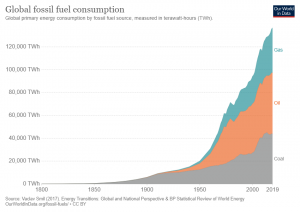Welcome to Kenson Green!
Kenson Green is a company-wide initiative to share information and practice to which will develop our capability in achieving Carbon Net Zero targets. There is a global acceptance to achieve Carbon Net Zero by 2030 and we intend to be an active participator in achieving this objective. Kenson Green is also consistent with the strategic direction of many of our clients and we intend to remain aligned with their Carbon Net Zero goals.
As we move forward under this initiative, we will embark on several informational and educational activities, for both our employees and members of the general public, so that they can improve their knowledge and understanding in this area. We will also undertake several relevant projects that will involve our staff and showcase their knowledge.
Throughout this site, we have included summaries and scholarly papers on several topics related to Carbon Net Zero. This is to give you, our visitors, broad overviews of each topic and hopefully encourage you to actively pursue more information on all things Carbon Net Zero.
We hope you enjoy our site and look forward to your participation and feedback.
To get in touch with a Kenson Green representative, please send an email to KensonGreen@kenson.co.tt




